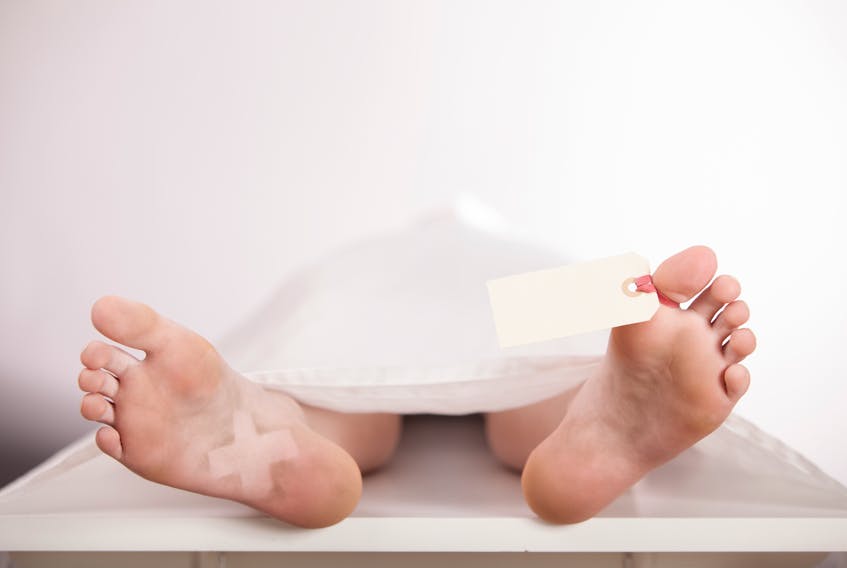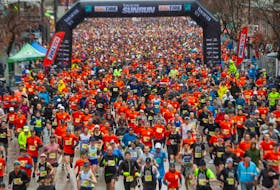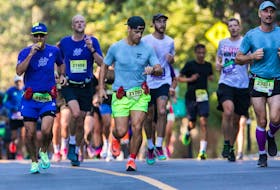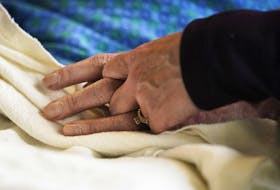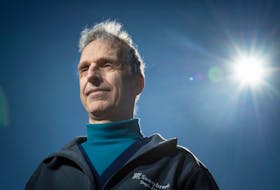The zombies from ‘Walking Dead’ may be a tad more frighteningly closer to reality than you’d like to imagine.
Australian researchers have observed human bodies moving for more than a year after a death, a finding that can greatly change how post-mortem investigations are conducted, they say.
Researchers at the Australian Facility for Taphonomic Experimental Research (AFTER), informally known as a ‘body farm’, used a time-lapse camera to take overhead pictures of a corpse every 30 minutes during daylight hours for 17 months.
“What we found was that the arms were significantly moving, so that arms that started off down beside the body ended up out to the side of the body,” medical scientist Alyson Wilson told ABC Australia .
While the team expected some post-mortem movement in the early stages of decomposition, the length at which they observed the body moving was a surprising find.
Wilson also found, over the course of three years, that corpses left outdoors would mummify — the process by which the skin and flesh of a corpse is preserved — under the right circumstances. “We think the movements relate to the process of decomposition, as the body mummifies and the ligaments dry out,” she explained.
These findings could “significantly” impact unexplained death investigations she added. Previously, forensic scientists assumed that the position of a discovered body was the position at time of death — if there was no found evidence proving that the body was moved.
Wilson’s research also confirmed the value of a time-lapse camera to study the decomposition rate of a human body in any environment. In a study published last month, she used the camera to test whether a scientific equation used to estimate a body’s decomposition in the Northern hemisphere could apply to an Australian environment.
“Until we had AFTER, most of the science on how bodies decomposed was based on the northern hemisphere, where the climate is different, the weather is different and even the insects can be different,” she said.
This is the “first time” such photos have been recorded, according to Dr. Xanthe Mallett, a forensic anthropologist and criminologist at the University of Newcastle.
“Previously, if the police had asked me if a set of human remains were found and they were mummified, I would have said it’s likely that that person was left outside in autumn and winter,” added Mallett. The new data “opens up the entire year for mummification in the correct circumstances, and it stops us from going down the wrong path.”
Copyright Postmedia Network Inc., 2019
RELATED

